When you think of the great American traffic jam, what city leaps to mind? Yup, according to a study by the Texas A&M Transportation Institute, Los Angeles is the worst U.S. city for commuters, with the average commuter spending about 119 hours a year—almost 5 days! —stuck in traffic. Even the L.A. airspace is crowded: LAX is the 5th busiest airport in the world and the 2nd busiest in the U.S. So, who would have thought the quickest way across of Los Angeles just might be by plane? For our fourth installment of “Going There”—the blog series where we present the how-to’s and highlights of flights to amazing places—we once again talked to pilot Josh Flowers, creator of the Aviation101 YouTube channel, about the amazing feeling of flying smack over LAX.

Josh hadn’t planned to fly over the heart of Los Angeles. He’d spent the day flying with a friend who’s a flight instructor. They’d taken off from Torrance, California, south of LAX, and flown to beautiful Catalina Island and back. On the return, Josh wondered aloud how to get to Van Nuys, north of LAX, to visit his sister. To Josh’s surprise, Alysha told him to just fly the special flight rules corridor over LAX.
He reflects, “She said ‘There’s a procedure that takes you from Torrance directly over the top of LAX and gets you to the other side without having to talk to air traffic control.’ And, of course, I’m thinking ‘No, you’re lying to me. You’re trying to get me in trouble.’ But it’s true!”
Josh was nervous about flying through one of the busiest Class Bravo airspaces in the country. But the LAX airspace is huge, and, even offshore, it extends down to the water surface. The alternatives were to fly way offshore or to fly inland and along the mountains. So, armed with Alysha’s TAC, he took a deep breath and took to the sky.
As with most special flight rules areas, the rules for the Los Angeles SFRA are designed to be simple and keep everyone separated:
- Pilots must have a current LA Terminal Area Chart in the plane. (The complete SFRA rules are on the back.)
- Aircraft bound northwest must fly at 4500′, and southeast-bound craft must fly at 3500′.
- Pilots must operate on the Santa Monica VOR 132° radial.
- Anti-collision and navigation lights must be on, and the FAA recommends having landing lights on as well.
- Airspeed must be kept to 140 knots. (Hence, turbojet aircraft are not allowed in the SFRA.)
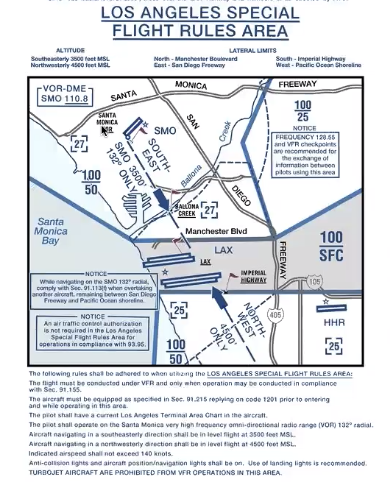
Despite its sunny reputation, flying in SoCal can be complicated by wind, rain, and fog, and construction or other factors that can affect procedures. So, besides making sure you have a current TAC, watch the weather, and check for NOTAMs. AOPA also has some good information on other VFR routes around Los Angeles.
Josh says his unplanned flight from Torrance to Van Nuys turned out to be smooth and simple. That said, “It freaked me out a little, knowing that I’m about to fly into a Class Bravo airspace without a Bravo clearance, which pilots normally get marooned for. Next to the flight over New York Bravo airspace, this was probably my most nerve-wracking. I knew I was a very small fish in a very, very big pond. Out my pilot-side window, I’m looking straight down and seeing a Qantas A380 taxiing out, and there is an ungodly amount of radio chatter happening right beneath me, and I’m not talking to anybody. It felt very weird. It felt downright illegal. But I made a video of it, and I never got a call from the FAA, so we’re good!” And it beats spending time on the freeway, right?

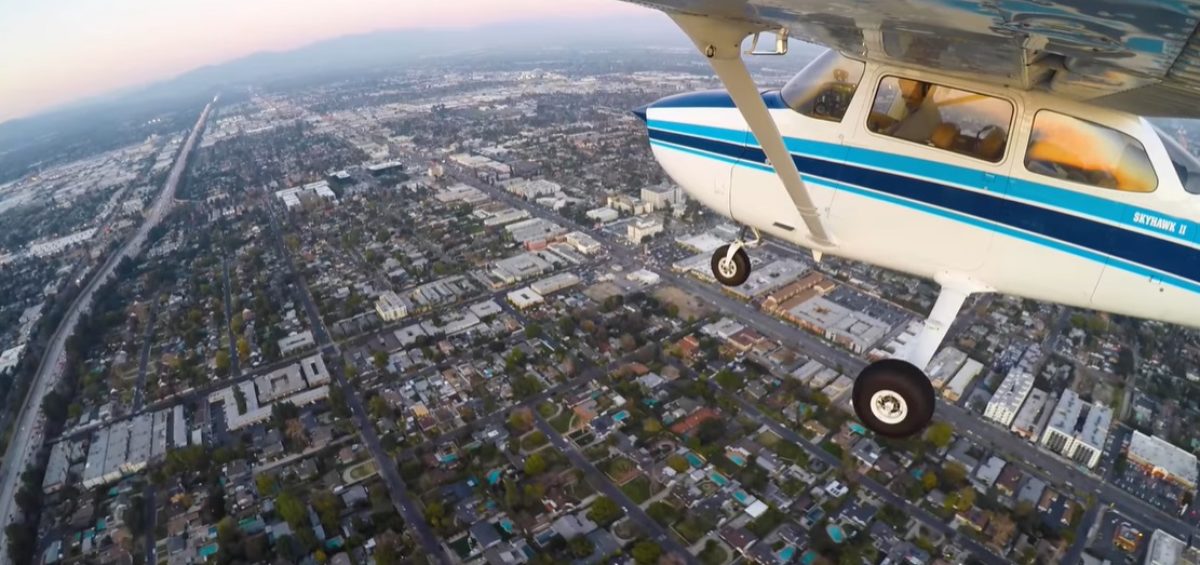
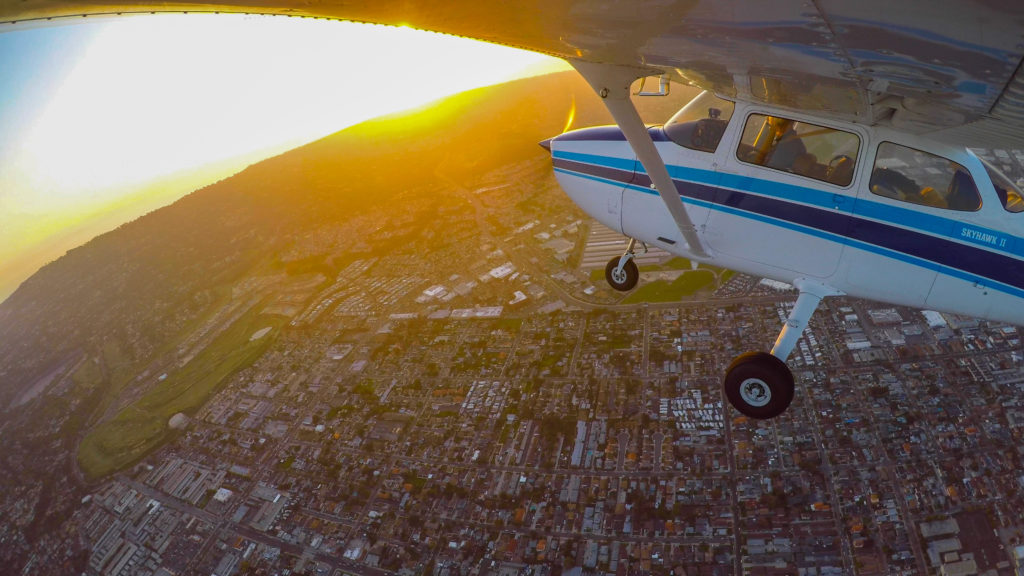
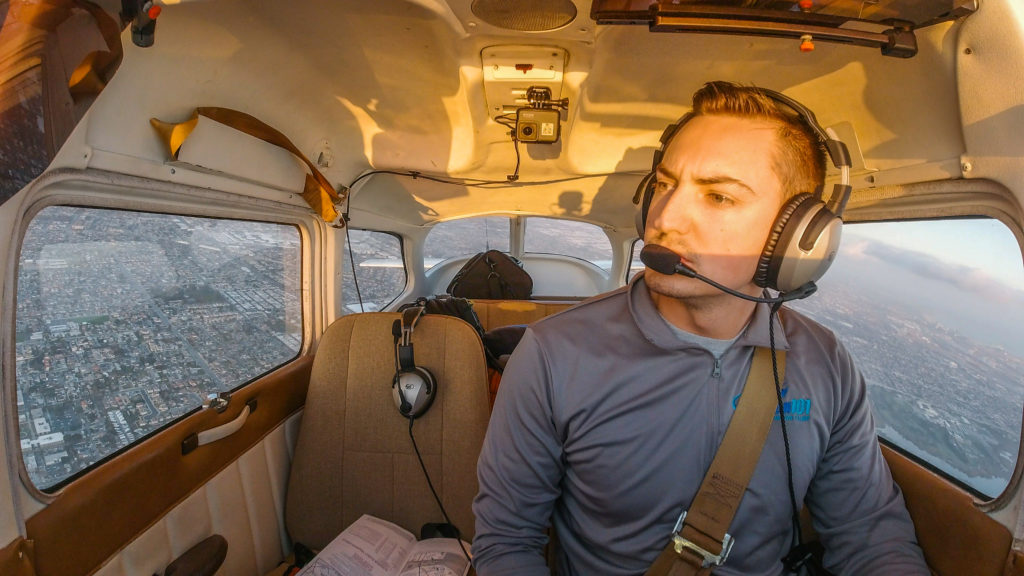
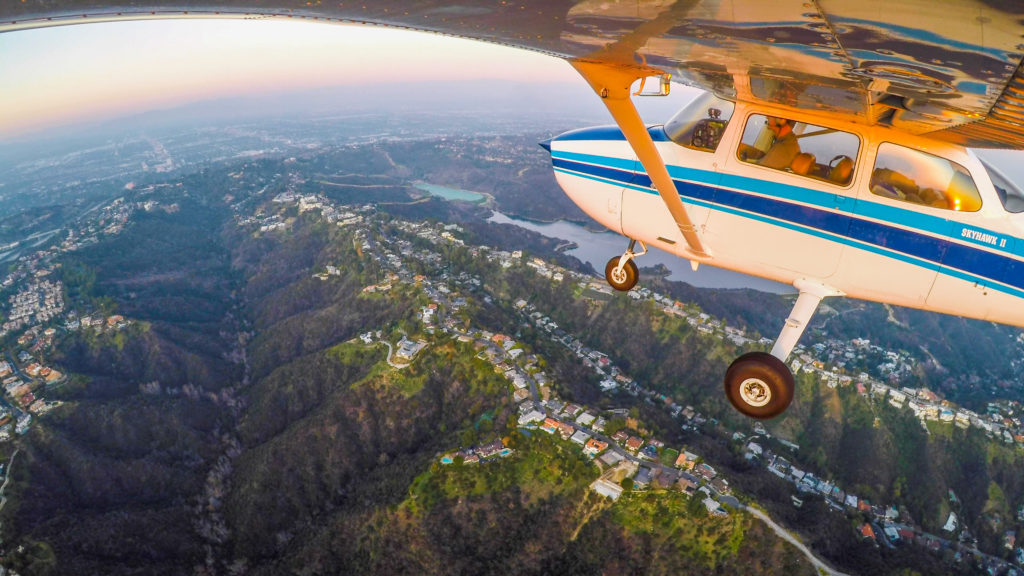
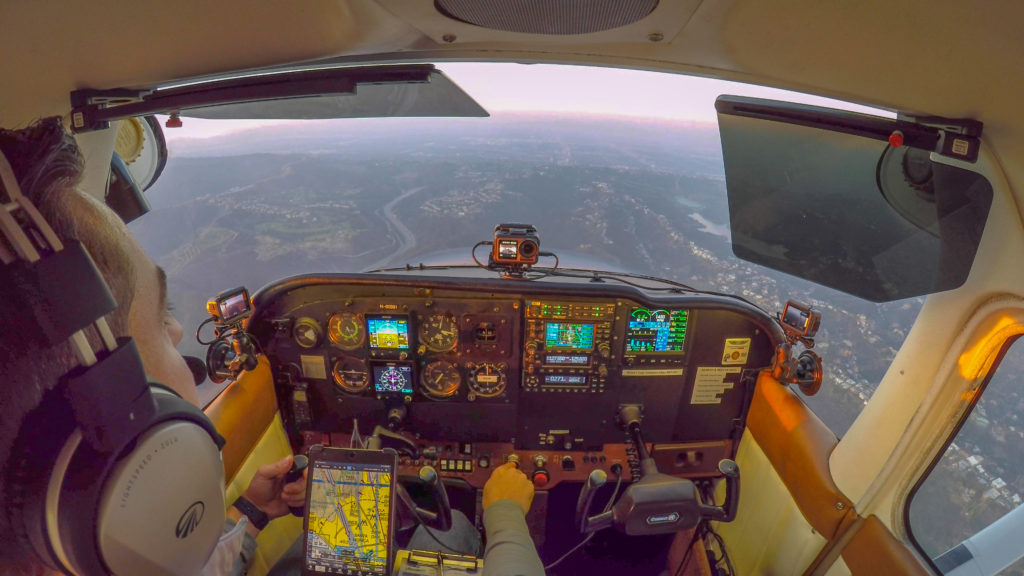
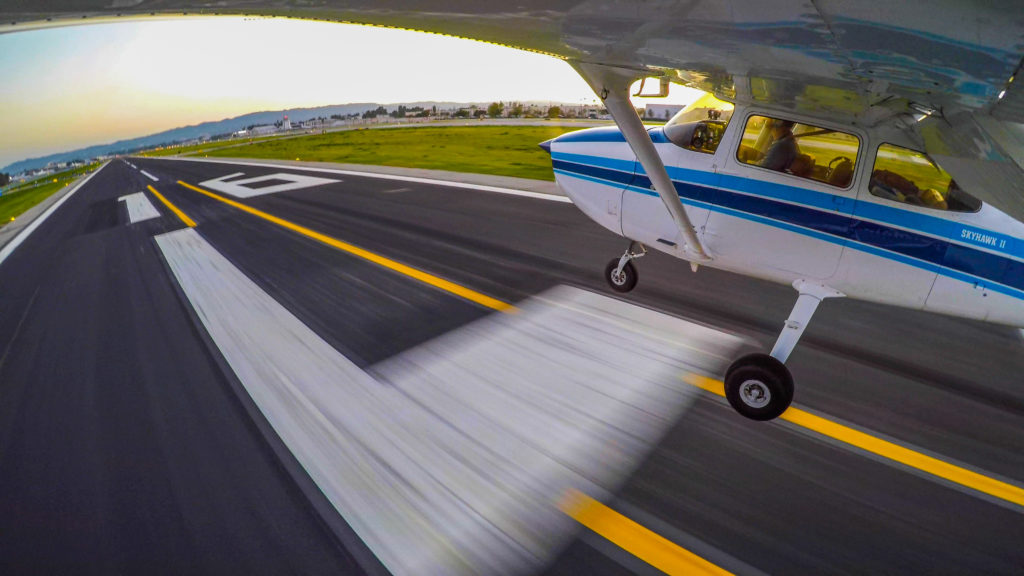
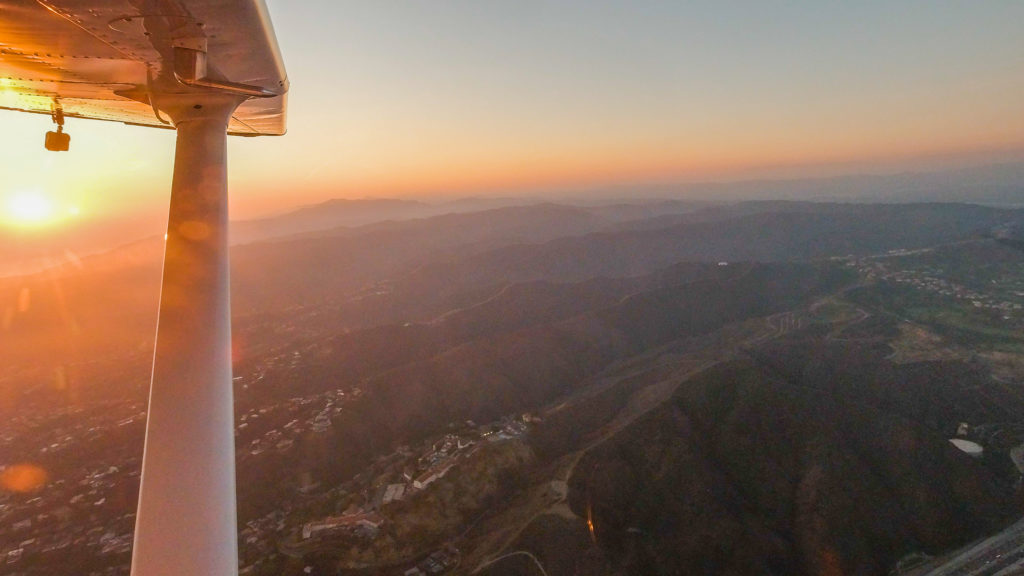


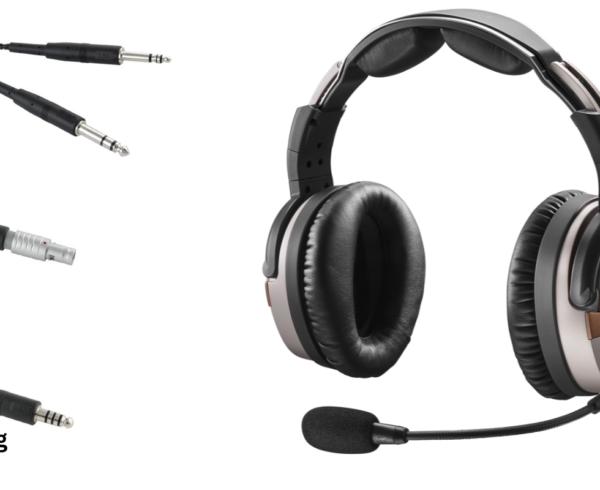
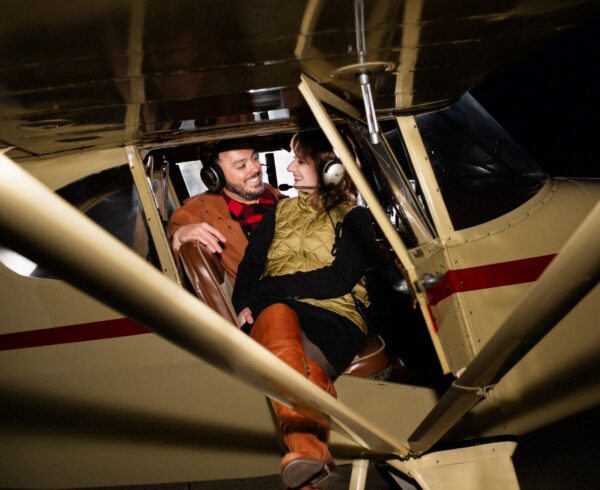
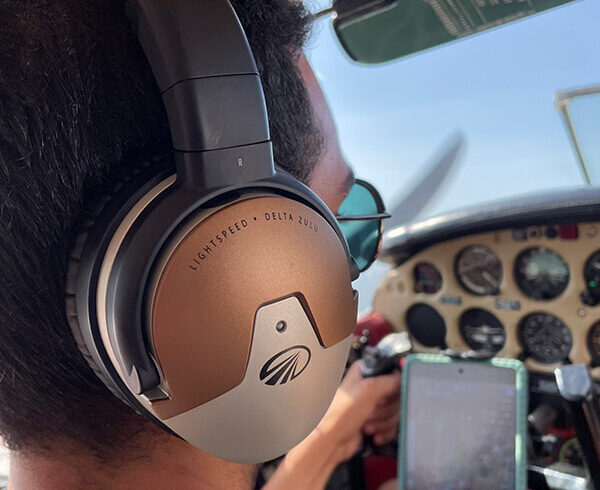



Very cool! I’ve known that it’s fairly easy for GA to fly over LAX if they’re over a certain altitude but I did not know the specifics and I always assumed you would need some communication with ATC. This was fascinating!